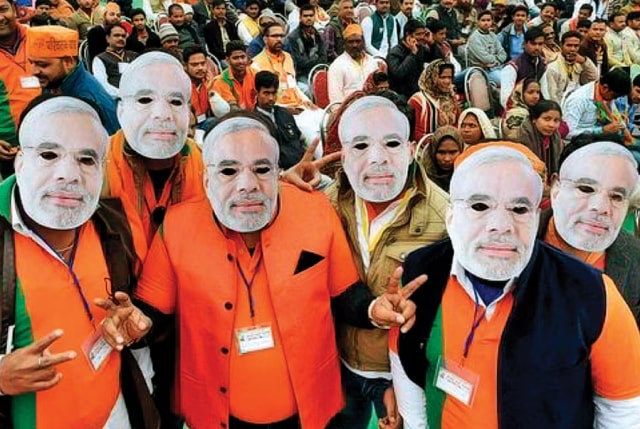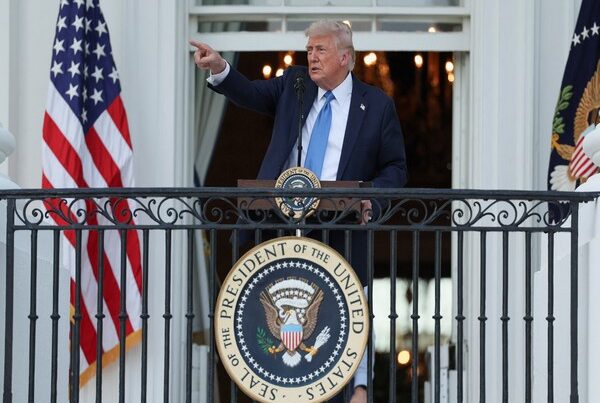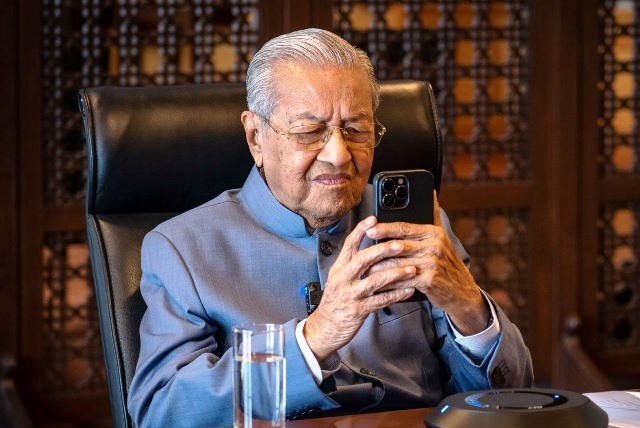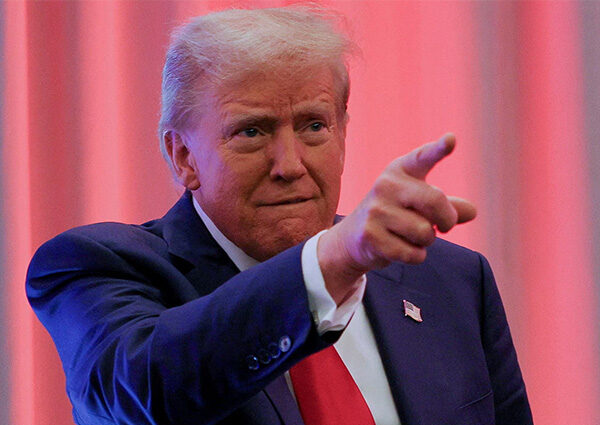
Modi Will be the Biggest Factor in India’s Election Results
There are only two elected Indian politicians who are in positions of power today that have never been in the opposition. The first is Narendra Modi, 73, who became India’s Prime Minister in 2014. Before that, for more than 12 years, Modi served as chief minister of Gujarat. In electoral politics, Modi has never been outside of a ruling regime–neither in Gujarat nor at the Centre.
The only other politician to have a similar achievement is Naveen Patnaik, chief minister of Odisha. Patnaik, 77, became chief minister of the state in 2000 and has held that office for nearly a quarter of a century, never ever sitting in the opposition benches.
This year elections are being held for both, the Lok Sabha where the outcome will determine whether Modi will get to serve a third term; and, simultaneously, in the Odisha assembly where the outcome will decide whether Patnaik gets a sixth consecutive term as chief minister.
Now after six phases, the Lok Sabha elections are almost done and dusted–voting in 486 of the 543 seats have been completed, and only 57 seats remain to be voted for on the seventh and final phase on 1 June.
For all practical purposes, the elections are over and India has decided who will form the next government in Delhi. The last phase, whose 57 seats are mainly the remaining ones in Uttar Pradesh, Bihar, Bengal, and Odisha (where the Lok Sabha polls are synced to the local assembly polls), will only decide the margins by which the winning side will be ahead.
For Modi, a third term looks assured (caveat: you never can be absolutely certain, anything can happen in India’s elections) but by how much will his party, the Bharatiya Janata Party (BJP) and its allies win is the question. They won 353 seats of the 543 in Lok Sabha in 2019. Will they get less or more this time?
Back to that in a moment. What about Patnaik? Odisha’s assembly elections have been synchronized with the Lok Sabha elections in the state and the last phase of the four-phase polling will also be on June 1. While Patnaik’s Biju Janata Dal (BJD) has 111 seats in the assembly and the BJP has 22, there has been much hype from leaders of the latter party that they could oust the long-serving veteran and his government. But Patnaik is well-entrenched in the state and even if the BJP manages to gain more Lok Sabha seats there (Odisha has 21 Lok Sabha seats; in 2019, BJD won 12 and the BJP won 8), it is unlikely that it can make a huge improvement in its assembly seats tally. So Patnaik too could likely get another term to run his state.
The BJP’s USP for Voters is Modi
Frenzied speculation is a common accompaniment to Indian elections. And every five years when there are general elections, the general excitement about politics peaks. In the last couple of phases of the ongoing elections, the discourse has also turned unsavoury. Both sides have lobbed attacks on each other but the spotlight has focused sharply on Modi who has been in the centrestage with his relentless campaigning during which he has addressed dozens of rallies; granted interviews to several news channels (Indian has hundreds of those), and been hyperactive on social media.
Even to a casual observer of election campaigning in India, where nearly a billion voters are eligible to vote, it is obvious which leader stands out in the entire spectrum of political parties. It is Modi. There is really none other that can be compared to the salience he commands.
For the BJP, the single most important selling point to voters is Modi, never mind which part of the country it is: whether it is in the states in the north and west where the party is the strangest; whether it is in the south where it is weakest; or whether it is in the east where it wants to turn its foothold into a more comfortable perch. Modi has been the face of the party’s campaigning and there is really no one else whose visibility is comparable.
Modi is a powerful orator; his speeches are persuasive; and he knows the right button to press. He alludes to Congress leader Rahul Gandhi as Shahzada or prince, a reference to the party’s dynastic devolvement of leadership; and he has conjured up images of the opposition parties dancing mujra, a performance by women originating during Mughal rule in India, where the elite class and local rulers frequented venues where courtesans danced.
At other times during his campaigning, he has overturned allegations by his rivals that he intended to amend India’s Constitution by charging them, instead, of trying to bring in religion-based reservations and of appeasement of communal groups.
In interviews, speeches, and other public interactions, Modi often mentions how he is tirelessly devoted to the progress of India and its citizens and often proudly cites his indefatigable spirit. Recently he said that he owed his urja or energy to divine reasons and not because of biological inheritance of those attributes.
Some of these have stoked controversy and ridicule, especially in social media chatter. That probably doesn’t matter. Users of X or similar platforms are not the audience that Modi wants to target. A reference to divine intervention or to someone who is ostensibly doing the task that a supreme being wants him to do are things that can have an effect on his real target audience that is quite different from the ridicule that his “liberal” detractors react with. In fact, the derision that he or others in the BJP target at the so-called “liberal” elite is lapped up by the audience he really targets–the audience whose votes really matter to him.
Can the M-factor Trump the Negatives?
It’s fairly well articulated by legions of analysts, psephologists, and political trend watchers that this time the BJP and its allies face the risk of slipping even in some of the states that are considered their bastion. In Maharashtra, where NDA won 41 of 48 seats in 2019, things are up in the air after two regional parties split down their middle and the dynamics of electoral alliance became complex. In Uttar Pradesh, where it had 62 of the 80 seats, rival Samajwadi Party, which has an edge this time, can eat into its tally. In Karnataka, where it has 25 out of 28 seats, many expect it to lose because the incumbent Congress state government could sway voters’ decisions. Likewise, in states such as West Bengal, the BJP’s tally could come down from 18 seats that it won in 2019 of the state’s total of 42.
Number crunching can show that if the BJP loses in these states, it could be difficult for it to offset those losses with gains from other states where it is not strong, for example in the south.
Hence, most political journalists and analysts say when the results come out on June 4, the BJP and its allies could get a majority (that is, 272 seats or more) but not as many as the 353 that they had won in 2019.
Yet there could be another thing that could matter: the M-factor. Many believe Modi’s popularity has dipped. Some of those who think so look at social media numbers such as how many people watch YouTube videos of his rallies (the numbers are lower than what they were five years ago).
Those are the wrong numbers to look at. The BJP’s electoral fight is asymmetrical to its rivals. Modi fights the elections as if they were presidential elections. When he campaigns he doesn’t campaign for his party’s candidate in a constituency. His message to voters is clear: By voting for the BJP candidate in your constituency you are voting for me; and if you believe in me, vote for the BJP.
With no comparable personality or prime ministerial candidate, the BJP’s rivals are unable to match Modi’s format of campaigning. The INDI alliance of multiple opposition parties has the Congress’ Mallikarjun Kharge as its leader but does he have any brand recall among voters that is even comparable to Modi? Rahul Gandhi is seen as the face of Congress and the opposition’s campaign. A comparison of his popularity with Modi’s would be superfluous.
The question, therefore, is that when the results are out on 4 June, will Modi’s magic cast its spell on the numbers that the BJP and its allies finally get? We’ll know soon.
For more details visit us: https://lokmarg.com/



